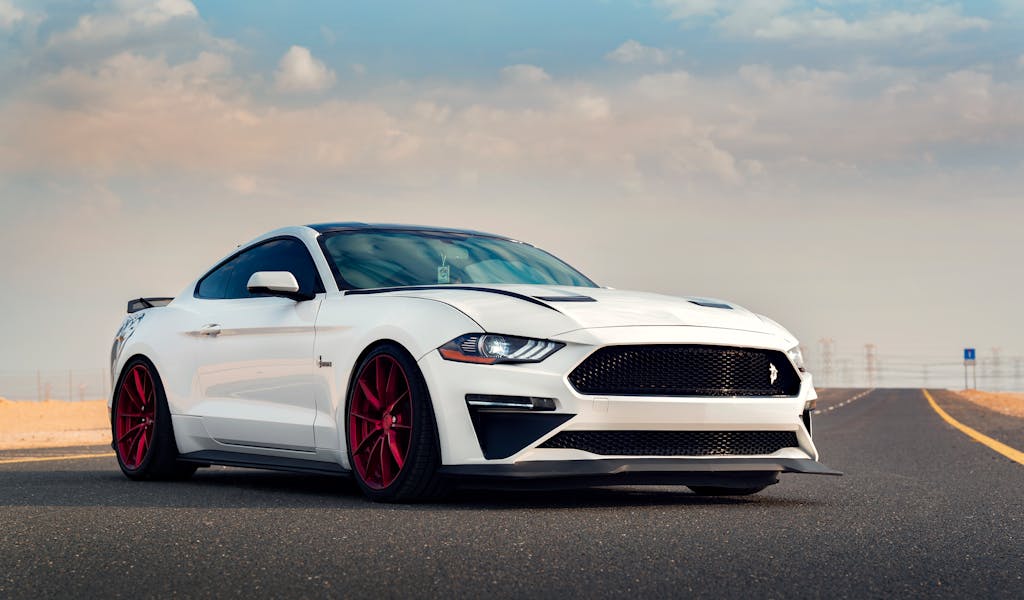Many factors go into the design of a modern car. Engines are built for maximum power while using less fuel. Interiors are made to be comfortable and quiet. Features like power steering, power brakes, cruise control, and antilock brakes make driving easier, safer, and more enjoyable.
The exteriors of cars have designs that are pleasing to the eye. They may be elegant, sporty, or downright aggressive to suit the tastes of individual buyers. Another factor that goes into exterior design is aerodynamics. This scientific principle is as essential to the family car as it is to a Formula One-speed machine.
Aerodynamic Drag
Let’s say you are looking for a new Mercedes-Benz for sale. This marque is one of the finest pieces of automotive engineering on the planet. A Mercedes also has a sleek and elegant exterior design. This is about more than looks.
As cars or anything else for that matter, move from place to place, they are pushing through the air that is all around us. Air has mass and creates a force that holds back a car. This is called aerodynamic drag. An engine has to work harder and use more fuel to overcome greater amounts of drag in sustaining a steady speed. Fortunately, there are design features that can significantly reduce drag, improve performance, and reduce the amount of fuel burned.
Body Design to Reduce Drag
The pursuit of added speed by racing car designers uncovered exterior features that can be used on any car to reduce aerodynamic drag. The overall shape of the car makes a big difference. The changes in car design to less boxy and more curved lines that occurred in the second half of the 20th Century are the first and most important feature.
Look at an airplane or a dart. A small front end that widens out pushes through the air and greatly reduces drag. These same principles are used on modern cars that you see every day. Other features such as wheel skirts and underside panels reduce drag on the underside of the car, further improving performance and fuel economy.
You can do your part as well. Keeping your car clean and polished does more than make it look good. A smoother exterior surface allows air to flow easily over it. This adds to the reduction of drag. Every little bit counts.
Wind Tunnel Testing
Rather than taking cars out to test the effect of new drag-reducing features, engineers and designers use a wind tunnel. This is a large chamber in which a car is parked. Fans blow air at the front of the car, simulating the relative wind of driving. Sensors on the vehicle measure the amount of drag created. New features can be easily tested to determine how much, if any, drag reduction occurs.
Your New Car Design
When choosing your new car, you will no doubt be looking at the aesthetics. There’s nothing wrong with that. It’s part of the joy of buying a vehicle. Give a little thought to how that design reduces drag and boosts fuel economy and performance.

















